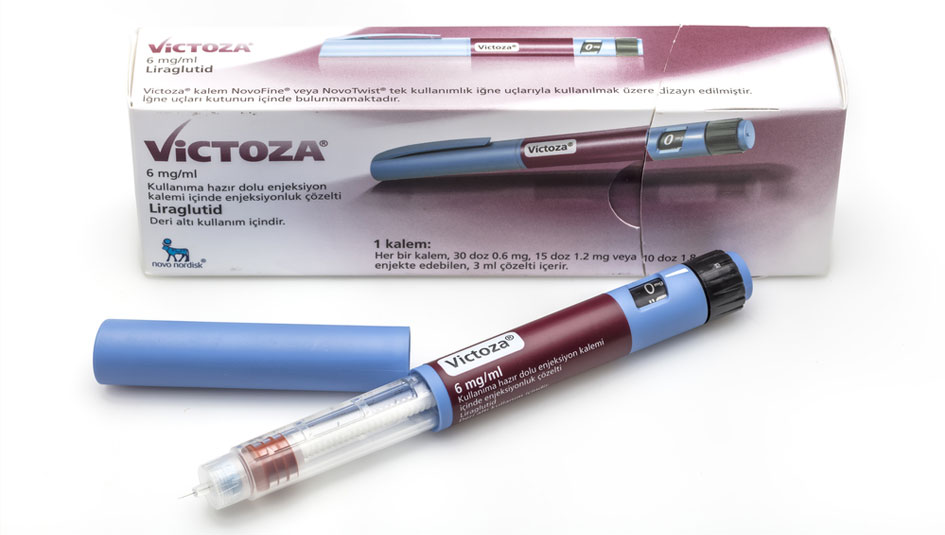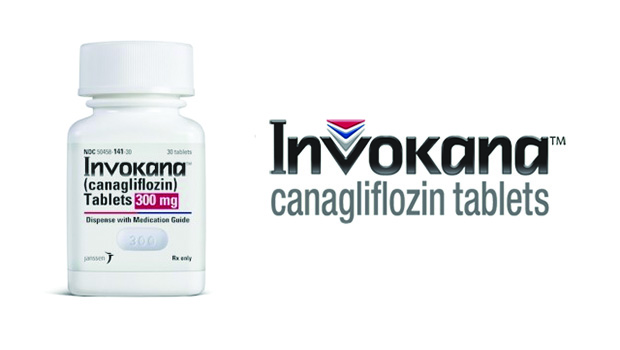Good News About GLP-1 Drugs and Cardiovascular Health

Injectable drugs known as GLP-1 (glucagon-like peptide) agonists have become widely-prescribed, an effective glucose-lowering weapon in the T2D arsenal. They mimic a natural peptide in the gut that responds to digestion of food to trigger the release of insulin produced by the beta cells of the pancreas. At the same time, they suppress release of another pancreatic peptide, glucagon, produced by the alpha cells to signal the liver to release the glucose and lipids it has in storage. In this way, the body regulates the concentration of glucose running through the bloodstream to nourish tissue, a balanced state known as homeostasis.
In television spots the maker of one of the products in this class of drugs, Eli Liily, describes its GLP-1 product Trulicity as one that “activates what’s within” the body to control blood glucose, and that’s a pretty handy way to understand it all — that a GLP-1 agonist helps the body with an underperforming pancreas to find that balance. Sulfonylureas (glipizide and glyburide, for example), potent as they are to lower blood sugar, have been known to push the body toward hypoglycemia (too low a glucose level), contribute over time to pancreatic burn out, and for some users result in weight gain. Metformin is not known to contribute to weight gain, and so it’s a good first drug to prescribe to people who are overweight. GLP-1 therapy is meant for people who have gone beyond the stage at which sulfonylureas and metformin can continue to work effectively, and are headed for, or already on, insulin therapy. For that reason, Lilly and others who manufacture GLP-1 products tell people considering their products, and their doctors, that their products are not to be used as first-line non-insulin therapies.
Trulicity (dulaglutide), Victoza (Novo Nordisk’s liraglutide), and Byetta (AstraZeneca’s exenatide, available in a longer release formulation as Bydureon) are the best known of the GLP-1 brands prescribed in the U.S. They are all available in multi-dosing pens. Dosages vary, with exenatide twice daily before meals, liraglutide once a day, and dulaglutide once a week. Exenatide has also been successful in trials using a matchstick-sized subcutaneous device (the Intarcia Medici System) to slowly infuse a stabilized formulation of the drug over an initial three month, and subsequent six-month, period. Intarcia’s market clearance application was accepted at the Food and Drug Administration in February and is making its way through the safety and effectiveness review process.
In 2015, Lalita Prasad-Reddy and Diane Isaacs of the Chicago State University School of Pharmacy published a review of five GLP-1 drugs available in the U.S. and a sixth in Europe. In their paper they explored the reported therapeutic benefits beyond achieving a good A1c — controlling obesity, cardiovascular risk, blood pressure, and lipids, as well as protecting beta cell function, as these benefits had been observed in numerous clinical trials. An “ideal agent to treat type 2 diabetes,” the authors suggested, “would have favorable effects on weight, blood pressure, and lipids” along with glucose control, the objective of every T2D medication since French scientists began in the 1950’s to synthesize guanide, an herbal extract made from lilacs that folk healers had used for centuries to treat people with urinary and perspiration problems. Every new antidiabetic drug submitted to the Food and Drug Administration since 2009 has had to undergo pre-market and post-market clinical trialing to demonstrate cardiovascular safety. And drug makers are prohibited by federal drug and consumer protection law and FDA regulation from promoting use of a drug to bring about a beneficial result if that result can’t be clinically demonstrated.
Because cardiovascular disease is the leading killer of people who have T2D, it’s a milestone in development of a glucose control medication when it can be shown to have the documented additional benefit of lowering the risk of heart attack and stroke. One of Novo Nordisk’s hoped-for results from the LEADER trial, begun in 2010, was to establish that Victoza, as an adjunct to diet and exercise to improve glycemic control, could also lower the risk of cardiovascular and cerebrovascular damage among people who had T2D and an existing heart or circulatory illness.
On August 25, following a vote on June 20 of an advisory committee reviewing comprehensive data from the LEADER trial, the FDA notified Novo Nordisk that it may update Victoza’s prescribing information to include lowering of cardiovascular risk as an indicated use. This approval means that Novo may also proceed to revise its promotional material to state that Victoza can help Type 2 patients who have cardiovascular disease to reduce their chances of suffering a major cardiovascular setback.
The FDA’s move does not mean that physicians ought to begin prescribing Victoza as a preventative against heart and blood vessel disease for people who don’t have TD2. But it does mean that for people with T2D, there’s a glucose control drug that can actually help with their cardiovascular troubles.
Image: Mehmet Cetin / Shutterstock.com
Want more news on Type 2 diabetes? Subscribe to our newsletter here.





